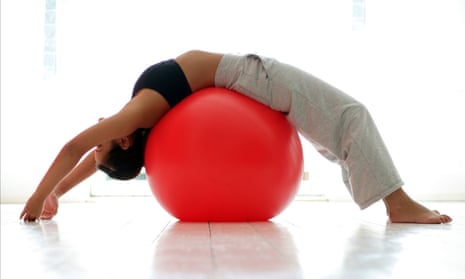The Covid-19 pandemic is currently immobilising the world, causing fear, morbidity and mortality. The strict restrictions in place to curb the spread of the virus as well as uncertainty about safety have meant access to healthcare services in both urban and regional areas has been significantly interrupted. These restrictions have forced us to rethink the way healthcare is provided and accessed by all Australians in the immediate future and in our long-term management of chronic disease.
While we are considering how this restructure should occur, it’s worth remembering Indigenous Australia, where the ongoing problem of inequitable access to care continues to plague the system. This is only magnified by the Covid-19 pandemic.
Unsurprisingly some of our most vulnerable populations such as rural and remote Indigenous communities are those who need access to healthcare the most, and yet even before Covid-19 had the most limited access. With 44% of all Indigenous Australians living regionally and 19% in areas considered remote, a greater focus must be placed on servicing these communities.
Despite the best intentions to close the gap for the past 15 years, there still remains a significant discrepancy in life expectancy between Indigenous men and women and their non-Indigenous Australian counterparts (nine years for males and eight for females).
Cardiovascular disease and diabetes remain the two leading causes of deaths for Indigenous Australians and are worse in remote areas. Both diseases can be largely prevented and managed with lifestyle-based interventions, specifically exercise and diet.
Breaking down the numbers, 13% of Indigenous adults have cardiovascular disease, it jumps to 18% in those living in remote areas and is responsible for 24% of all deaths. Furthermore 13% of Indigenous adults have diabetes. Those living in a remote area are twice as likely to have diabetes than those living non-remote. Indigenous adults are 3.5 times more likely to have diabetes than non-Indigenous adults.
Both conditions are significantly associated with lifestyle factors including a lack of physical activity. The high burden of chronic disease experienced by Indigenous populations makes it essential they have access to healthcare services that can help them stay active and able to exercise as a cornerstone of effective management. Physical activity, sport and exercise are an integral part of Indigenous culture and should be used to maintain the health and wellbeing of its people.
Sport and exercise medicine (SEM) physicians practice medicine and its application to physical activity, treating individuals wanting to exercise at all levels, not just elite athletes. They are the only medical speciality trained in exercise prescription, including for chronic disease. Exercise is being increasingly recognised for its essential role in the prevention and treatment of common chronic medical conditions, such as arthritis, heart disease, diabetes, many cancers and mental health. Exercise prescription in chronic disease is often complex – for example, consider a patient with type 2 diabetes and chronic undiagnosed knee pain who needs to gradually return to more activity without worsening their pain.
Sports and exercise medicine physicians are uniquely placed to provide care to Indigenous patients by providing effective non-surgical management of musculoskeletal diseases such as arthritis which may be limiting exercise and activity. In addition, the safe prescription of exercise is crucial and cost-effective in the long-term management of chronic disease.
The downstream effects of managing these conditions effectively and keeping people more active can even reduce the risks of developing these chronic conditions in the first place.
Most Indigenous Australians have limited access to sports and exercise medicine in cities, let alone in regional and remote areas. Currently in Australia sports and exercise medicine is not readily available in public hospitals, nor is it funded appropriately under Medicare compared to other medical specialities. This effectively makes bulk-billing clinics impossible, limiting the provision of care extensively, especially in regional and remote areas and to Indigenous patients.
Despite a recent Medicare rebate review recommending equitable rebates for patients of SEM physicians, rebates for the specialty remain unchanged at levels below all other medical physician specialties, general practice and even allied health. Australia’s leading medical body the Australian Medical Association (AMA) does not constitutionally recognise sports and exercise medicine as an official specialty and did not support the recommendation of equitable Medicare rebates for all specialities.
The Australasian College of Sports and Exercise Physicians (ACSEP) is committed to expanding the provision of sports and exercise medicine into regional areas such as remote Indigenous communities. This immense task would be made infinitely more feasible with the support of the federal government, the AMA and equitable Medicare rebates.
All Australians deserve readily accessible and affordable specialist guided exercise medicine for both prevention and management of chronic disease. This is even more pertinent for those at highest risk, such as our Indigenous population living remotely. Any restructure of our healthcare system during this period of change must prioritise this model of care if we are truly serious about improving Indigenous health and closing the gap.
Dr Nathan Luies MBBS BSc (physiotherapy) is a proud descendant of the Karajarri and Yawuru people. He is Australia’s first Indigenous sports and exercise medicine physician trainee
Guardian Australia is proud to partner with IndigenousX to showcase the diversity of Indigenous peoples and opinions from around the country
